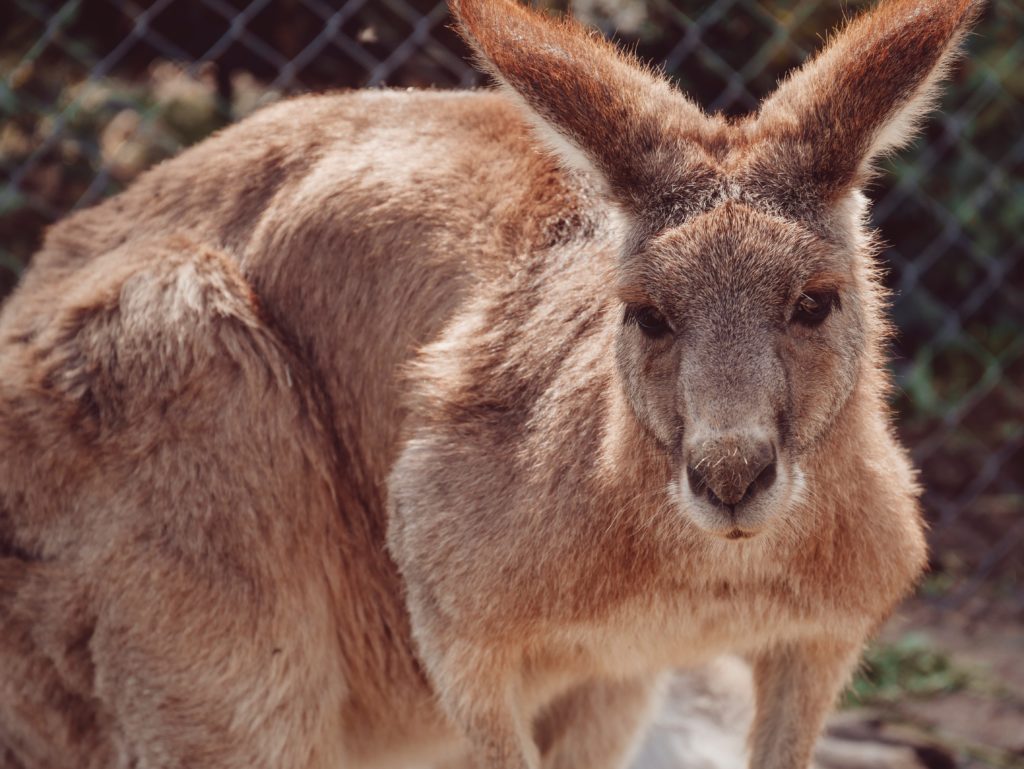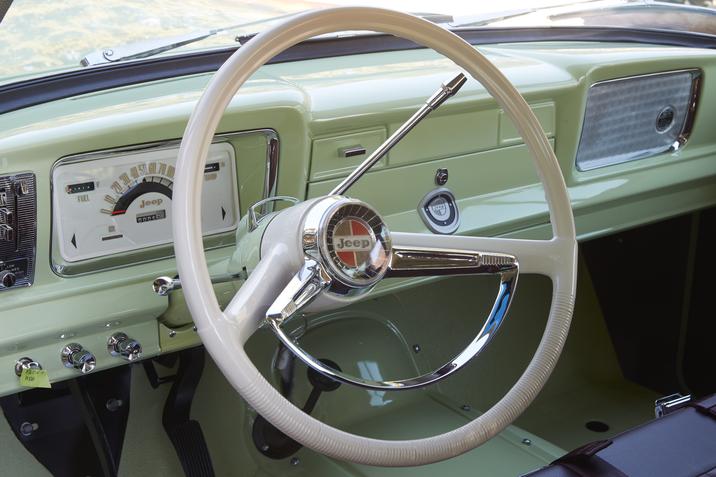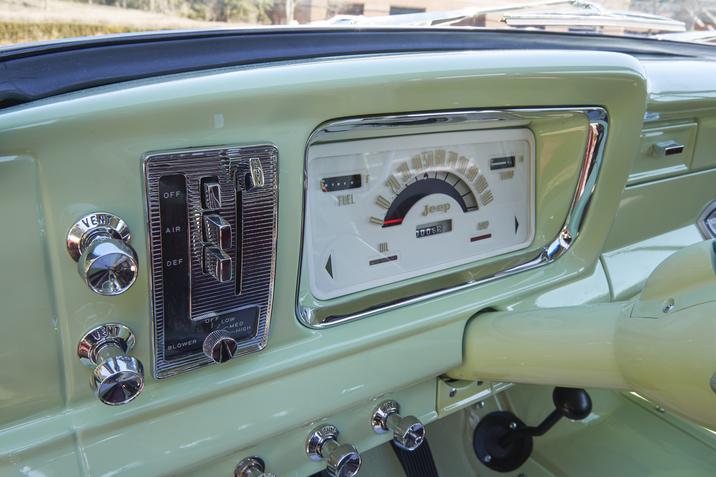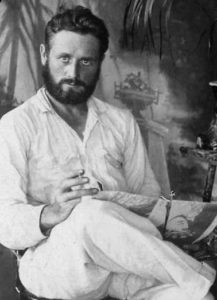The University of California Press has made all their journal articles freely available for the month of April.
UC Press, which is celebrating their 125th anniversary, publishes California History, where you can read Kangaroos and the California Gold Rush by Cyler Conrad. The first kangaroos arrived in California in 1850 in the form of rugs, or skins; it wasn’t until 1852 that a live kangaroo made the voyage over from Australia.

Other journals are Journal of the Society of Architectural Historians, Historical Studies in the Natural Sciences, The Public Historian, and Gastronomica: The Journal of Critical Food Studies, which recently published a history of the peanut butter and jelly sandwich.

Conrad, Cyler
2017 Kangaroos and the California Gold Rush. California History 94 (3):62-65. DOI: 10.1525/ch.2017.94.3.62
Estes, Steve
2017 PB&J: The Rise and Fall of an Iconic American Dish. Gastronomica: The Journal of Critical Food Studies 17 (2):5-15.



